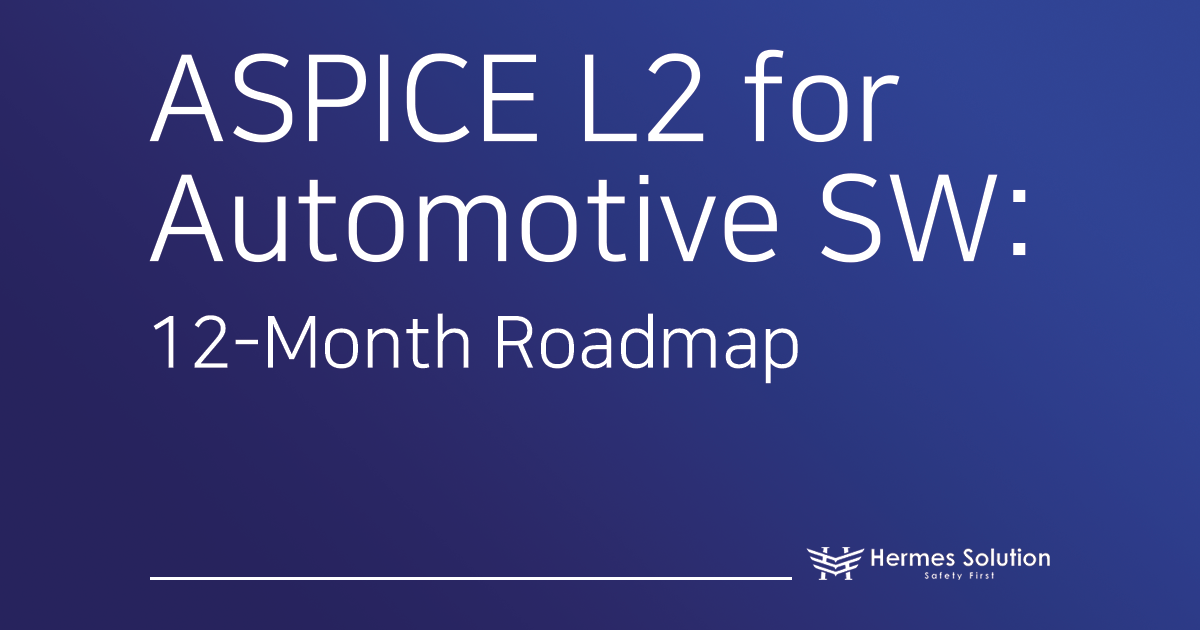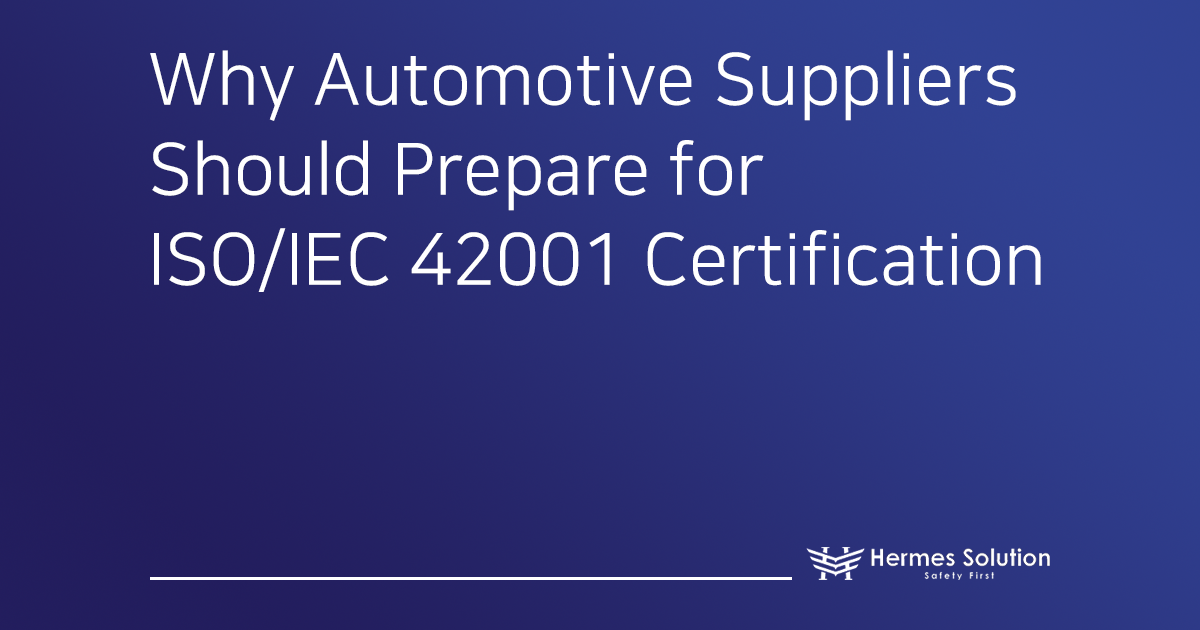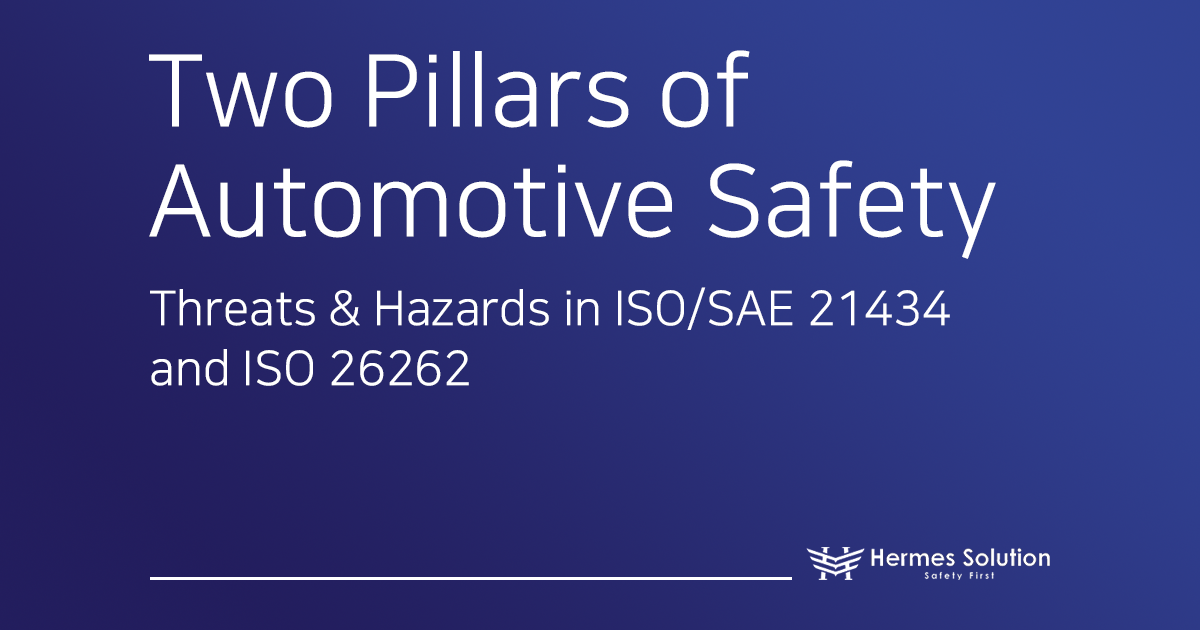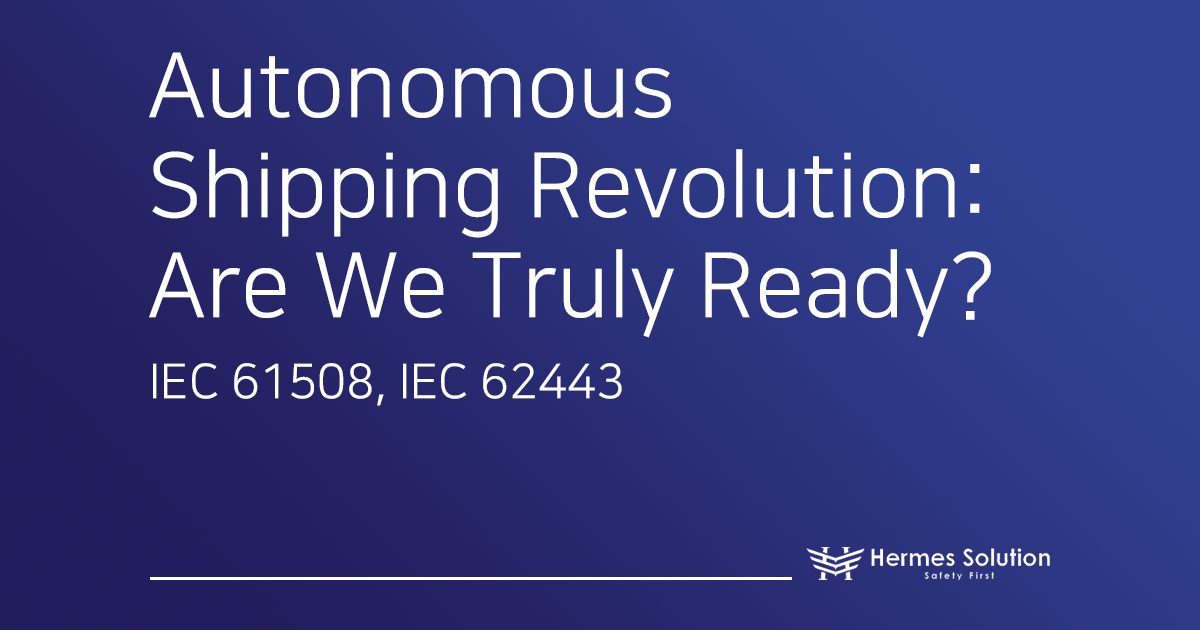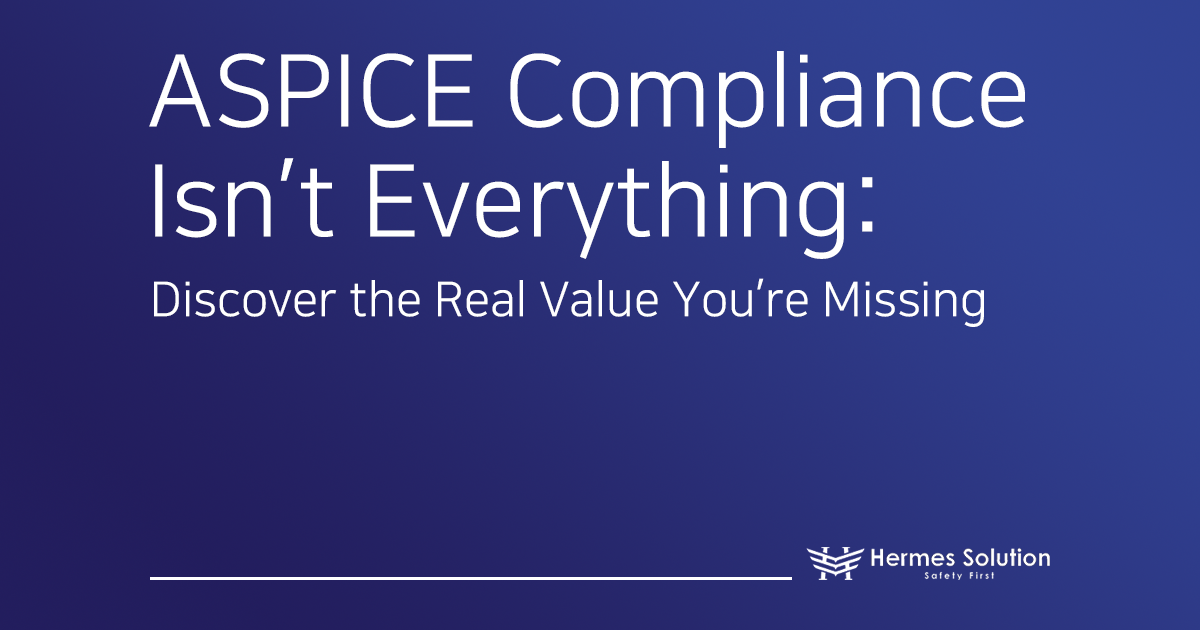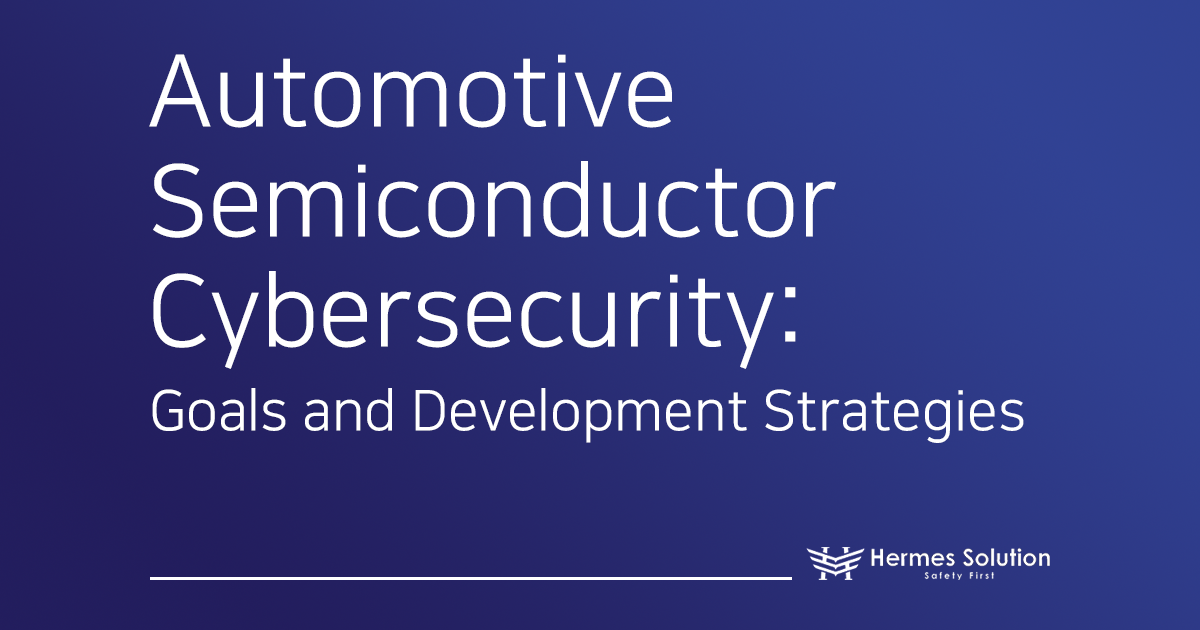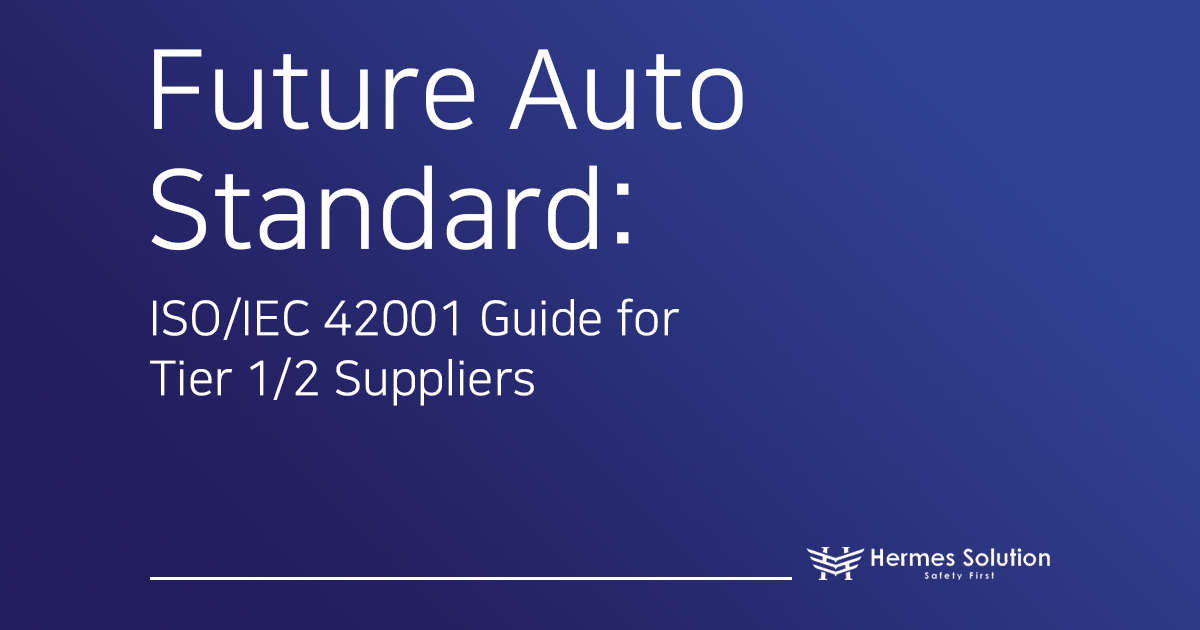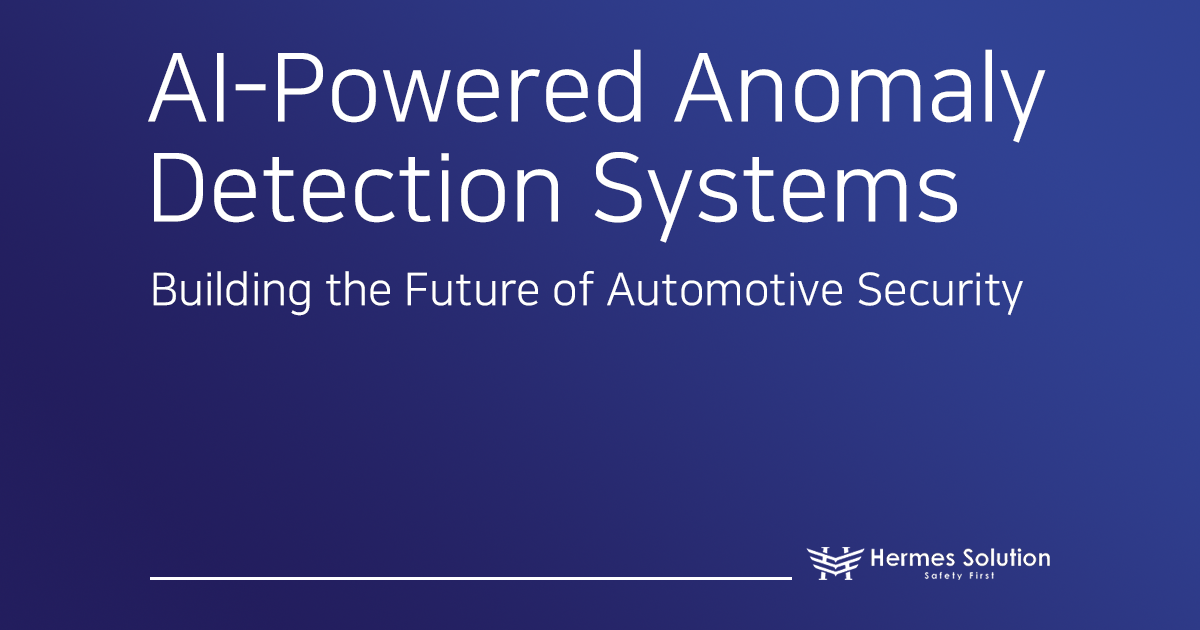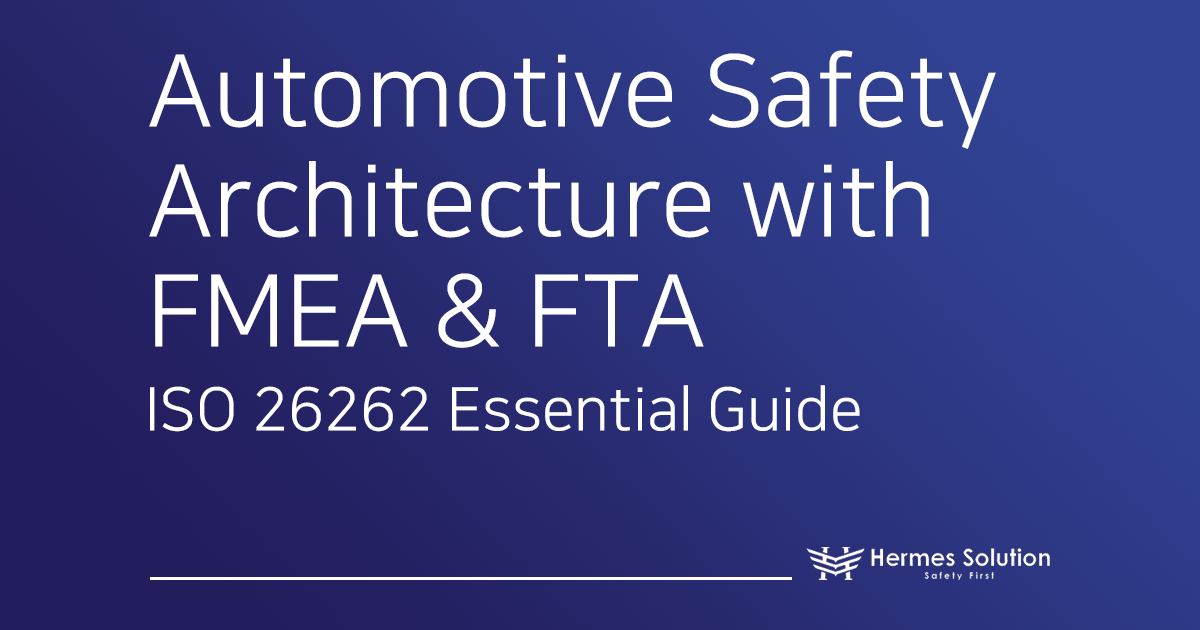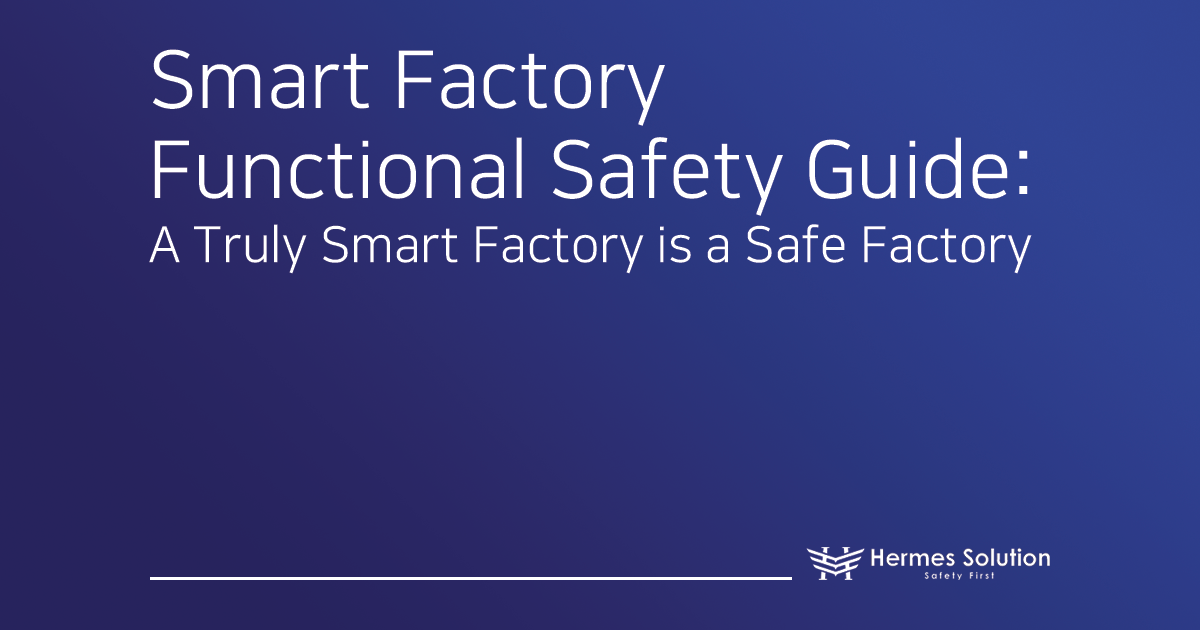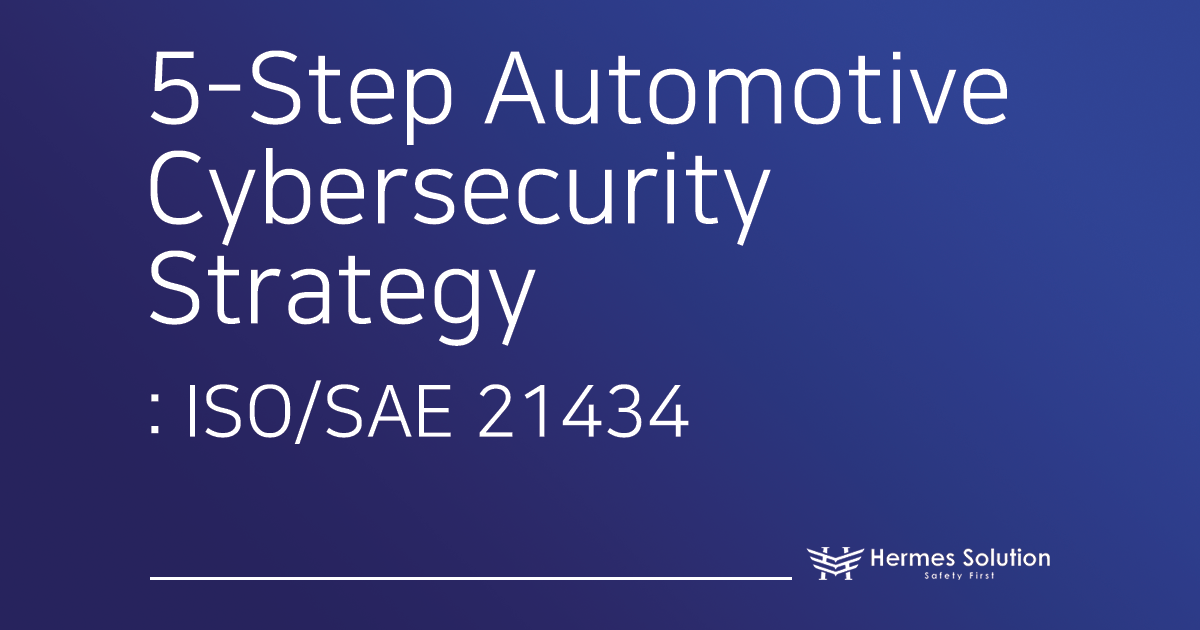For automotive software development organizations, ASPICE Level 2 certification is no longer optional; it’s a critical capability global OEMs demand. Does ASPICE Level 2 seem daunting? This comprehensive guide from the Hermes Solution blog will walk you through everything, from the importance of ASPICE Level 2 and a practical achievement roadmap to common pitfalls and effective resolution strategies, helping you achieve it and boost your business value.
1. Why is ASPICE Level 2 Crucial, and What Value Does it Offer?
The automotive industry is rapidly accelerating its software-defined innovation. Consequently, global OEMs (Original Equipment Manufacturers) now require ASPICE Level 2 certification as a fundamental qualification from their suppliers. Notably, major European OEMs are increasingly specifying ASPICE CL2 or higher in their Statements of Work (SOW) and Requests for Information (RFI) when selecting component suppliers.
Why is ASPICE Level 2 Essential?
Level 2 goes beyond merely performing processes; it signifies an organization’s ability to systematically manage and control them. This demonstrates that your organization possesses the following core capabilities:
Predictable Project Management: Accurately forecast project timelines and ensure on-schedule progress.
Complete Traceability: Maintain seamless, traceable connections from requirements to testing across all development stages.
Early Quality Issue Detection & Resolution: Identify and systematically resolve defects in the early stages of development.
What’s the Decisive Difference Between Level 1 and Level 2?
Tangible Business Benefits of Achieving ASPICE Level 2
Level 2 certification is more than just a title; it brings significant benefits to your organization:
Enhanced Customer Trust & Expanded Business Opportunities:
Objectively demonstrating development capabilities provides a strong differentiator in bidding.
Gaining the trust of OEMs and Tier 1 suppliers opens doors to new business opportunities.
Significant Reduction in Rework & Quality Costs:
Systematic processes increase the probability of defect detection in the early development stages.
Correcting defects in the requirements/design phase is tens of times cheaper than in the integration testing phase, leading to massive savings in rework and quality costs.
Improved Project Predictability:
Complete projects within predictable schedules and budgets.
Engineers can focus more on technical innovation, freed from uncertainty.
2. In-Depth Explanation of Level 2 Requirements for Key Processes
To achieve ASPICE Level 2, you must satisfy two ‘Process Attributes (PA)’ across all processes.
Understanding Process Attributes (PA)
PA 2.1 – Process Performance Management: Define process performance objectives, monitor actual performance, and adjust for deviations.
PA 2.2 – Work Product Management: Clearly define work products, manage versions, and control them through review and approval procedures.
⭐ MAN.3 Project Management: The Core Command Center for CL2
MAN.3 is the most critical process, coordinating and leading all others.
Key Activities: Define work scope and lifecycle, evaluate project feasibility, define/estimate/monitor activities based on WBS, manage interfaces and schedules, ensure consistency among planning documents, review and report progress.
Practical Tip: Milestones in the project plan and baselines in the configuration management plan must align.
⚙️ In-Depth Analysis of Software Engineering V-Model (SWE.1 ~ SWE.6)
The true value of the V-Model lies in its horizontal traceability, connecting the left side (definition/design) with the right side (verification/testing).
SWE.1 Software Requirements Analysis: Transform system requirements into concrete, verifiable SW requirements and manage them.
SWE.2 Software Architectural Design: Define major components, design interfaces, allocate requirements, record design decisions, and manage configuration.
SWE.3 Software Detailed Design and Unit Implementation: Design internal algorithms/data structures for components, adhere to coding standards, and manage code review records.
SWE.4 Software Unit Verification: Establish unit verification strategies, perform static/dynamic testing and code coverage measurement, and manage test specifications/results configuration.
SWE.5 Software Integration and Integration Test: Establish integration strategies, verify interfaces/interactions, and track discovered defects with SUP.9.
SWE.6 Software Verification Test: Final verification of all requirement satisfaction, with a focus on requirements-test case traceability, performed in the actual target environment.
🤝 Support Processes (SUP): The Strong Pillars of a Managed Project
SUP.1 Quality Assurance: Independent verification of process adherence, regular audits, and tracking non-conformities.
SUP.8 Configuration Management: Maintain the integrity of all critical work products, utilize version control systems, establish baselines, and track status.
SUP.9 Problem Resolution Management: Systematically track all problems (using Jira, Redmine, etc.) and manage their status.
SUP.10 Change Request Management: Formally record all change requests, perform impact analysis, obtain CCB approval, and track through verification of change results.
3. Your 12-Month Roadmap to ASPICE Level 2 Achievement
🚩 Critical Prerequisite: Existing Product vs. New Development Project
This 12-month ASPICE Level 2 roadmap is designed for new projects or projects undergoing significant improvement. Attempting to certify an already completed product is challenging due to ASPICE’s ‘plan → execute → record’ sequence and traceability requirements. Objective evidence, such as meeting minutes, review records, and approval documents, is often lacking from past projects.
✨ Realistic Alternatives:
Hybrid Approach: Define the next version development of an existing product as a new project and apply ASPICE processes.
Pilot Strategy: Apply ASPICE processes to specific module refactoring or new feature development.
Honest Acknowledgment: Apply Level 1 to existing projects and target Level 2 for new projects (this scenario typically takes 18-24 months).
Now, let’s outline the 12-month roadmap for a new project applying ASPICE from the outset.
4. Learning from Failure: How to Avoid Common Pitfalls
We share insights from common ASPICE certification pitfalls to help you achieve success.
❌ 1. The “Mere Facade Document” Trap: Formal Documentation
Symptoms: Voluminous documents detached from actual work, content inconsistencies, developers unaware of document locations.
Solution: Continuous Update Document Approach:
Manage information primarily through ALM tools (documents are extractions).
Consider code comments and commit messages as part of documentation.
Automate anything that can be auto-generated.
Aim for concise documents containing only core information.
❌ 2. The “Panacea” Trap: Blind Tool Reliance
Symptoms: Misconception that “expensive tools = ASPICE achievement,” only using 10% of tool features, eventually resorting to parallel Excel management.
Solution: Gradual Tool Adoption:
Establish processes with simple tools, then expand functionality as needed.
Process understanding is paramount over tools.
Assign a dedicated Tool Administrator.
❌ 3. The “Resistance to Change” Trap: Cultural Inertia
Symptoms: Lack of cooperation (“It’s working fine now, why change?”), adherence to old methods, perfunctory participation.
Solution: Combined Top-Down and Bottom-Up Approach:
Processes built by practitioners (fostering ownership).
Consistent management attention and support.
Promote early success stories to demonstrate process value.
Emphasize the tangible benefits derived from processes.
5. Practical Tips for Level 2 Assessment Preparation
This is the final check before a successful ASPICE assessment.
📋 Evidence Preparation: Quality Over Quantity!
Auditors primarily look for consistency, traceability, objective evidence, and temporal accuracy.
💡 Create an Evidence Map: Map evidence documents to each process practice, specifying document names, page numbers, ALM links, etc., to facilitate the auditor’s work.
🗣️ Interview Response Strategy
Familiarize yourself with common critical questions and how to respond during the audit.
Example Questions: “When was this requirements review meeting held?”, “Show me the impact analysis results for change request CR-001,” “Which detailed design does unit test case TC_234 verify?”
Response: Systematically prepare evidence like meeting minutes, impact analysis documents, and traceability matrices. Maintain a logical order in your documents.
⭐ Interview Golden Rule:
Listen carefully to the question, re-ask if you don’t understand, and answer concisely only what was asked. Avoid absolute terms like “always” or “never.” If you don’t know, state you’ll “check and respond.”
✅ Final Checklist 2 Weeks Before Assessment
Document Preparation: Finalize all work products to the latest version and baseline, complete and check links in the evidence map, perform a final consistency review.
Team Preparation: Confirm interviewees and conduct mock interviews, assign roles.
Environment Preparation: Prepare audit room and equipment, network access, finalize agenda.
Towards True Process Maturity with Hermes Solution!
Achieving ASPICE Level 2 is not just about gaining a certification; it’s a strategic journey to mature your organization’s development culture. The key to success lies in the harmonious blend of three elements:
Process: A traceable and consistent, organically managed system.
People: An organizational culture that understands the value of processes and participates voluntarily.
Tools: Automated systems that efficiently support processes.
💡 Set Realistic Expectations:
The 12-month roadmap is a realistic timeline for applying ASPICE to new projects from the ground up. For existing products, the limitations of reverse-engineering documentation require a longer-term perspective of 18-24 months. Prioritize “proper achievement” over “short-term gains” to avoid generating merely formal documentation driven by unrealistic immediate goals.
🏆 Key Success Factors:
Strong Management Support: Real resource allocation, not just lip service.
Dedicated Organization: A TF team focused on process improvement.
Phased Approach: Verification through pilots before company-wide expansion.
Continuous Improvement: Consistent improvement is more crucial than a perfect start.
Change Management: Building consensus among members and encouraging voluntary participation.
The essence of ASPICE is about “better development processes,” not a “pile of documents.” Hermes Solution helps your organization develop systematic development capabilities and a mature organizational culture through this process, leading to sustainable growth in the future automotive software market.
You don’t need to be perfect from the start. What matters is to start, improve, and persevere. In 12 months, your organization won’t just hold an ASPICE CL2 certificate; it will truly become a mature organization with ‘managed’ development processes. With Hermes Solution, your ASPICE journey will be the cornerstone of a successful business.
